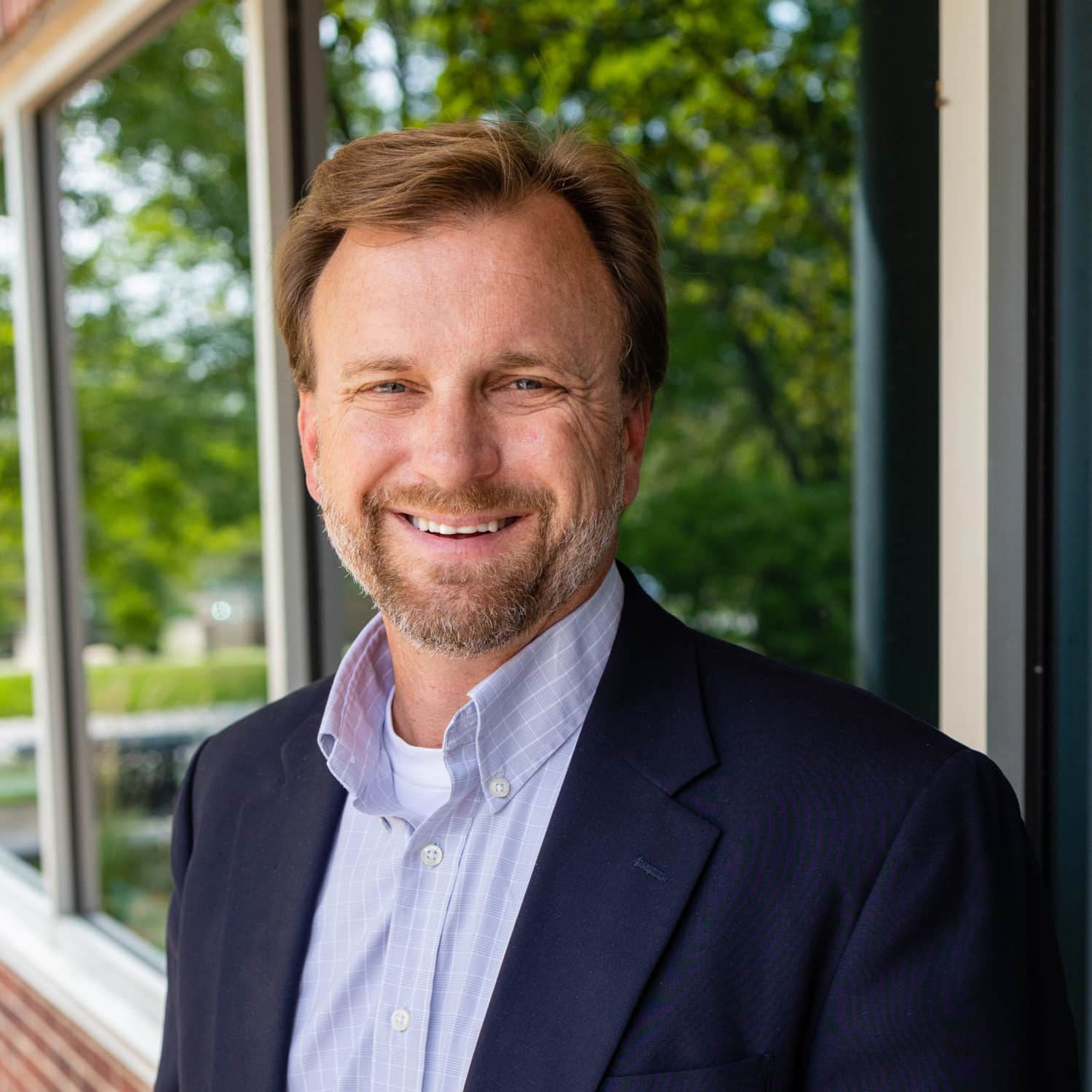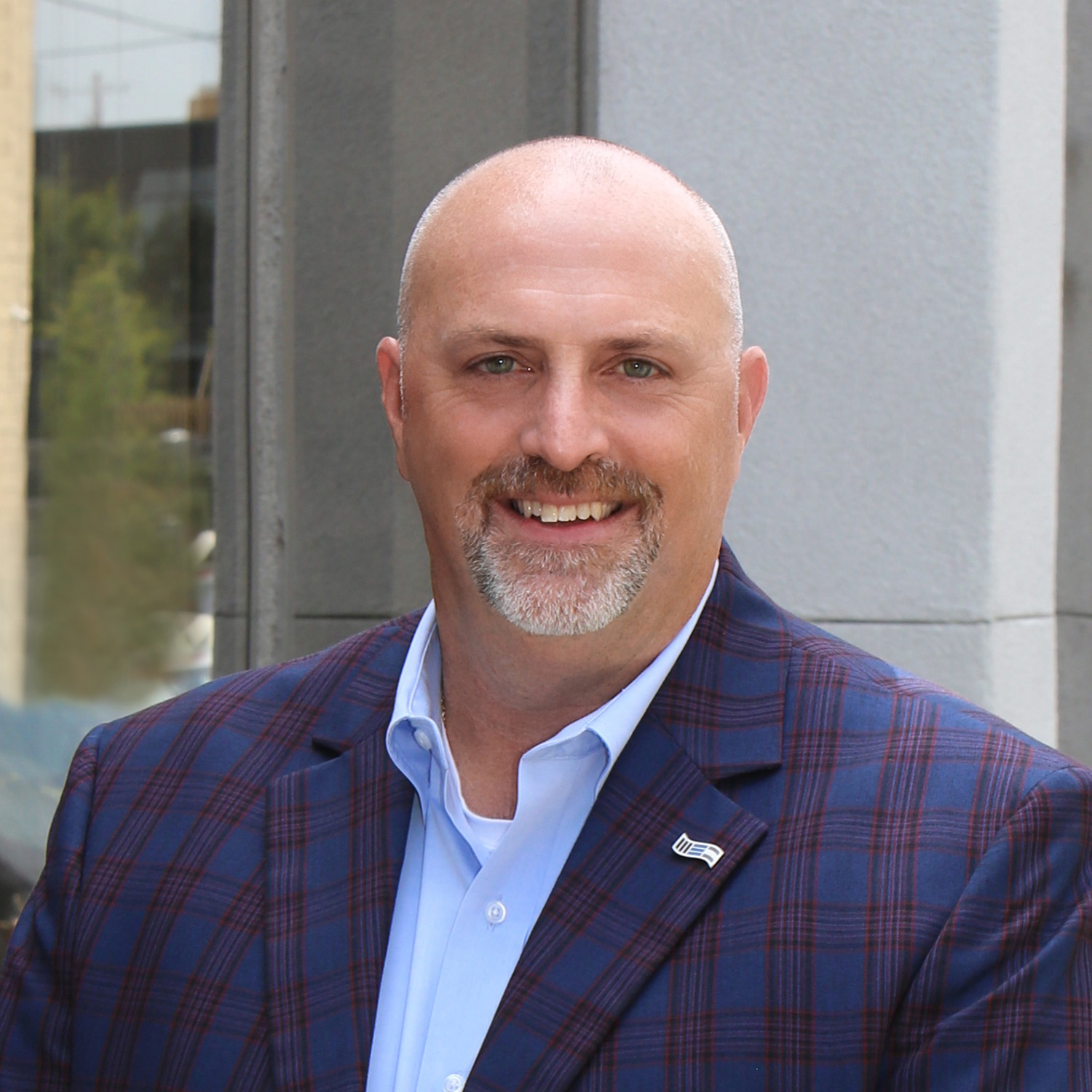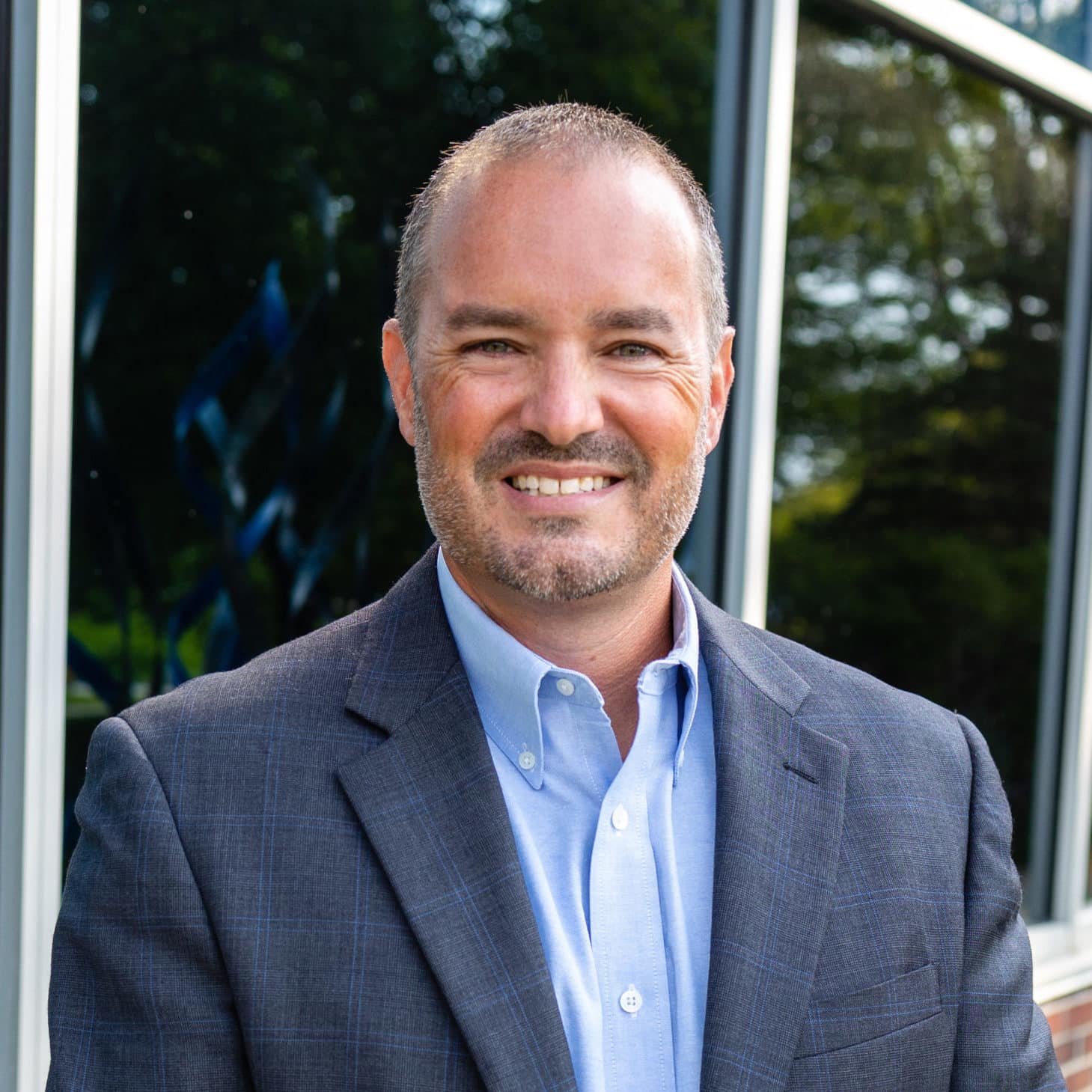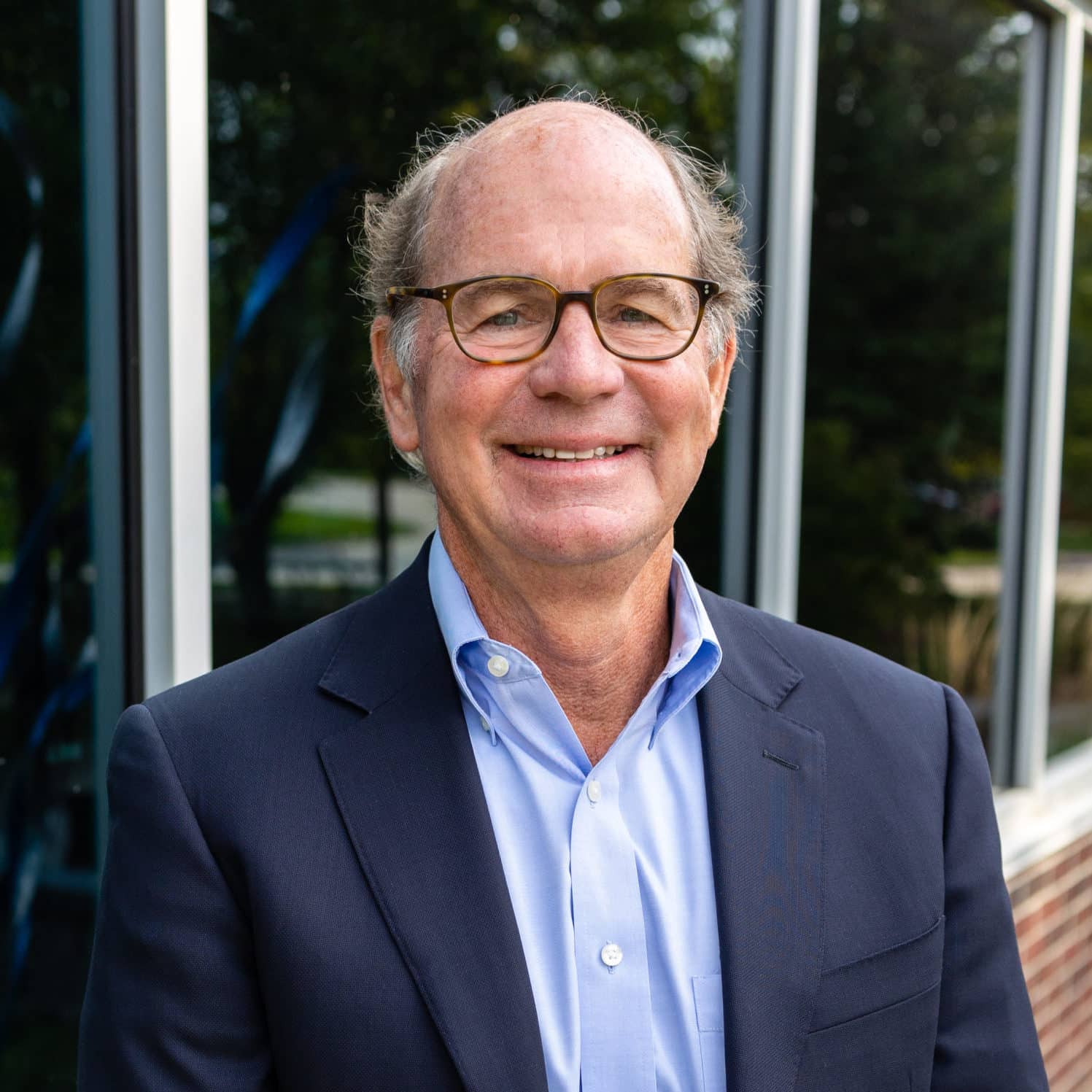Designing Better Neighborhoods
Neighborhood design is a critical aspect of urban planning that focuses on creating sustainable, livable, and functional neighborhoods. Not only should these communities be safe and enjoyable places to live, but they should also establish a sense of identity, and account for future growth. Such complex projects need professional guidance to ensure neighborhoods are vibrant and capable of growth. That’s where
McClure comes in.
McClure and our team of expert urban designers consider every metric of success when it comes to neighborhood design. From economic viability to the perservatiopn of a public space, we bring what makes your community unique to the forefront.
How are Neighborhoods Designed?
Through a combination of site analysis, conceptual and master planning, community engagement, and other crucial steps, McClure’s urban designers seek to create neighborhoods that reflect the values of its residents.We take things a step further, implementing innovative strategies to better involve the community itself in a neighborhood’s development. How do we support each resident in feeling as though they made personal contributions to their home?
We start by ensuring as many needs are fulfilled as possible, in ways that are both efficient and sustainable. These needs are practical-such as sufficient housing and safe infrastructure-as well as intangibles like a sense of safety and well-being. At the same time, satisfying these needs must be balanced with project challenges. This could include the feasibility of a building site or strict zoning laws. McClure’s expertise revolves around working within these boundaries while still providing both the needs and wants of neighborhood design.
Some examples of what a well-designed neighborhood can offer include:
- Public greenspace: Parks, gardens and other natural areas promote mental well-being and offer opportunities for exercise or community events.
- Effective transportation infrastructure: Whether you’re walking, biking, or driving to your destination, infrastructure should be designed for safety and efficiency. Today, many neighborhood design or revitalization projects prioritize multimodal transportation.
- Reinforcement of cultural identity: A sense of place can be hard to quantify, but creating opportunities for the public to illustrate its history, morals, and other elements of cultural identity 1s invaluable. It fosters a sense of pride and ownership, inspiring residents to protect and maintain the area.
Defining a Neighborhood
The ultimate boundaries of a neighborhood aren’t always clear cut, and a unique challenge of effective neighborhood design involves recognizing how physical, social, and economic conditions inform these boundaries. Urban designers and architects can use geographic data, demographics, and economic statistics as well as direct community input to better understand how to respond to the needs of communities.
It’s important to note these needs are dynamic and evolve over time. As such, another goal of effective neighborhood design is planning for the potential boundaries and identity that will change.
Benefits of Effective, Sustainable Neighborhood Design with McClure
Effective, sustainable neighborhood design from professional urban designers can offer a wide range of benefits for both residents and the wider community as a whole. Some examples include:
Improved walkability and accessibility: By designing neighborhoods that are pedestrian-friendly and easy to navigate, urban designers promote walkability and accessibility. This can in turn lead to a range of health and environmental benefits, such as increased physical activity or reduced traffic pollution.
Environmental health and natural beauty: Promoting onmental sustainability reduces the negative impacts of urban development. Effective design helps stormwater runoff, leaving space for native plant and animal species and improving local air quality.
Greater economic health and resilience: A well maintained neighborhood is safe, visually pleasing, can draw in new residents and businesses, and can also increase property values for existing residents. Adequate economic opportunities ensure a community can survive through changing economic conditions.
Increased safety and security: Ample lighting, access to emergency services, and safe public transportation infrastructure keeps residents feeling safe and at home.
Preserving cultural heritage: Professional neighborhood design can reflect the past while ensuring future growth. For example, the preservation of historic architecture both offers a sense of unique identity for residents while promoting tourism for visitors.
Calculating Financial Success with Development Pro Forma Analysis
Neighborhood design is a critical aspect of urban planning that focuses on creating sustainable, livable, and functional neighborhoods. Not only should these communities be safe and enjoyable places to live, but they should also establish a sense of identity, and account for future growth. Such complex projects need professional guidance to ensure neighborhoods are vibrant and capable of growth. That’s where
McClure comes in.
McClure and our team of expert urban designers consider every metric of success when it comes to neighborhood design. From economic viability to the perservatiopn of a public space, we bring what makes your community unique to the forefront.
How are Neighborhoods Designed?
Through a combination of site analysis, conceptual and master planning, community engagement, and other crucial steps, McClure’s urban designers seek to create neighborhoods that reflect the values of its residents.We take things a step further, implementing innovative strategies to better involve the community itself in a neighborhood’s development. How do we support each resident in feeling as though they made personal contributions to their home?
We start by ensuring as many needs are fulfilled as possible, in ways that are both efficient and sustainable. These needs are practical-such as sufficient housing and safe infrastructure-as well as intangibles like a sense of safety and well-being. At the same time, satisfying these needs must be balanced with project challenges. This could include the feasibility of a building site or strict zoning laws. McClure’s expertise revolves around working within these boundaries while still providing both the needs and wants of neighborhood design.
Some examples of what a well-designed neighborhood can offer include:
- Public greenspace: Parks, gardens and other natural areas promote mental well-being and offer opportunities for exercise or community events.
- Effective transportation infrastructure: Whether you’re walking, biking, or driving to your destination, infrastructure should be designed for safety and efficiency. Today, many neighborhood design or revitalization projects prioritize multimodal transportation.
- Reinforcement of cultural identity: A sense of place can be hard to quantify, but creating opportunities for the public to illustrate its history, morals, and other elements of cultural identity 1s invaluable. It fosters a sense of pride and ownership, inspiring residents to protect and maintain the area.
Defining a Neighborhood
The ultimate boundaries of a neighborhood aren’t always clear cut, and a unique challenge of effective neighborhood design involves recognizing how physical, social, and economic conditions inform these boundaries. Urban designers and architects can use geographic data, demographics, and economic statistics as well as direct community input to better understand how to respond to the needs of communities.
It’s important to note these needs are dynamic and evolve over time. As such, another goal of effective neighborhood design is planning for the potential boundaries and identity that will change.
Benefits of Effective, Sustainable Neighborhood Design with McClure
Effective, sustainable neighborhood design from professional urban designers can offer a wide range of benefits for both residents and the wider community as a whole. Some examples include:
Improved walkability and accessibility: By designing neighborhoods that are pedestrian-friendly and easy to navigate, urban designers promote walkability and accessibility. This can in turn lead to a range of health and environmental benefits, such as increased physical activity or reduced traffic pollution.
Environmental health and natural beauty: Promoting onmental sustainability reduces the negative impacts of urban development. Effective design helps stormwater runoff, leaving space for native plant and animal species and improving local air quality.
Greater economic health and resilience: A well maintained neighborhood is safe, visually pleasing, can draw in new residents and businesses, and can also increase property values for existing residents. Adequate economic opportunities ensure a community can survive through changing economic conditions.
Increased safety and security: Ample lighting, access to emergency services, and safe public transportation infrastructure keeps residents feeling safe and at home.
Preserving cultural heritage: Professional neighborhood design can reflect the past while ensuring future growth. For example, the preservation of historic architecture both offers a sense of unique identity for residents while promoting tourism for visitors.
Where We Make An Impact
With small-town roots and cutting-edge tools, McClure can offer neighborhood design that truly reflects your community values.
WHERE WE MAKE AN IMPACT
With small-town roots and cutting-edge tools, McClure can offer neighborhood design that truly reflects your community values.

















